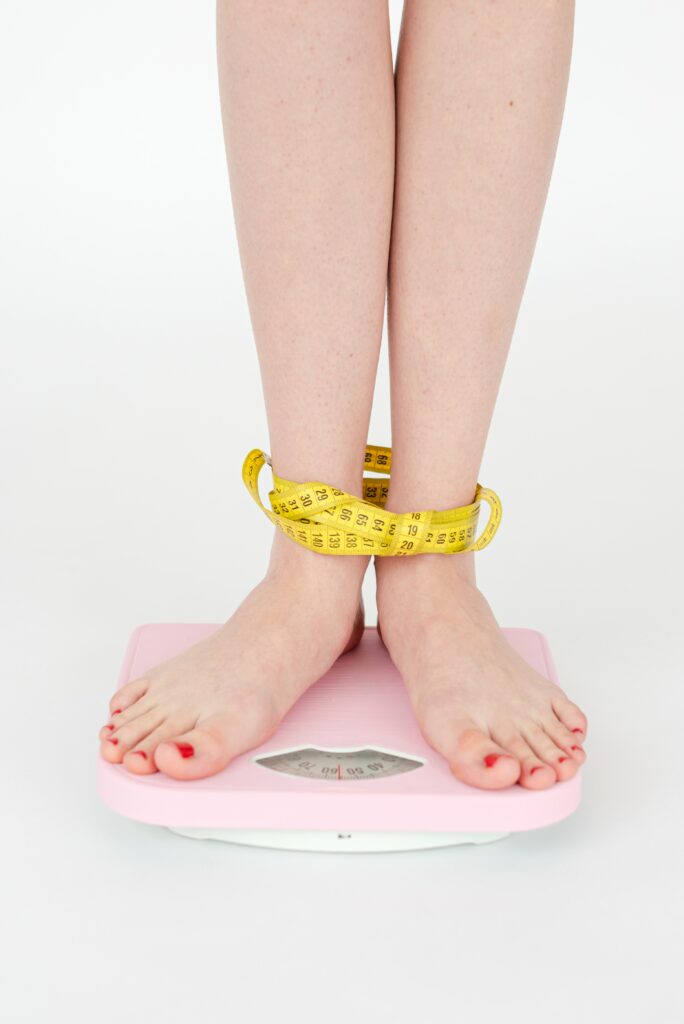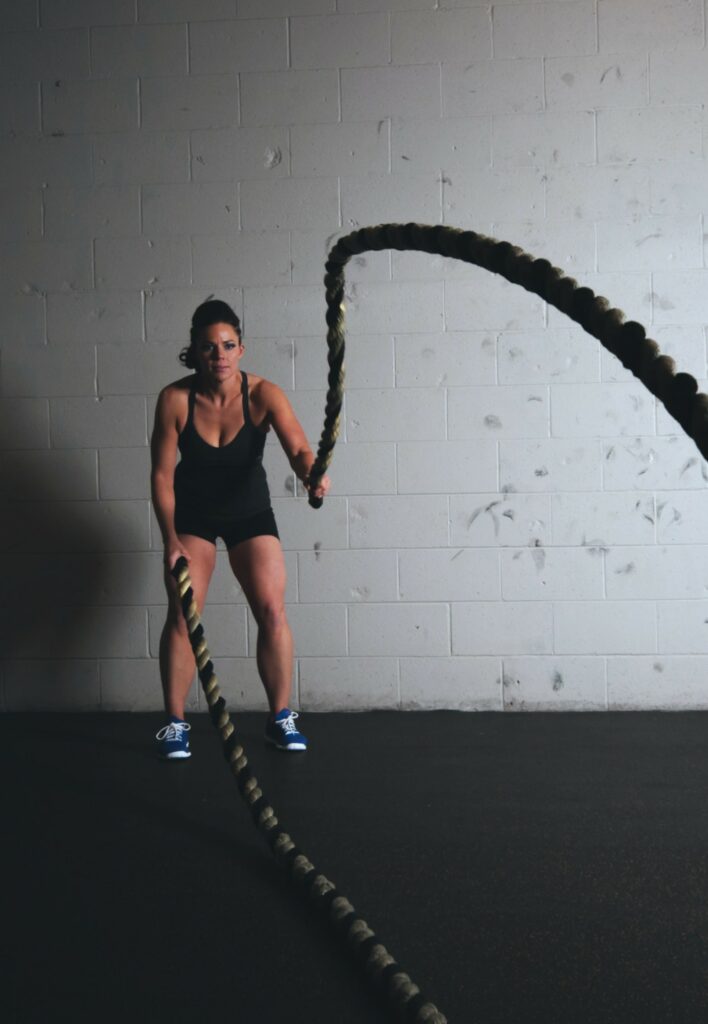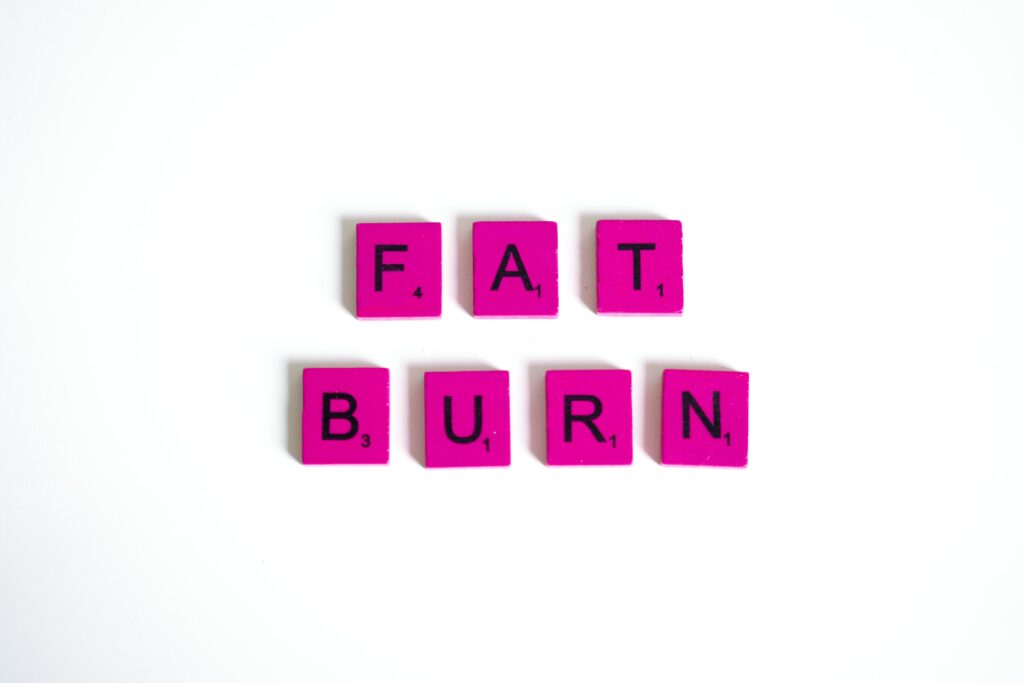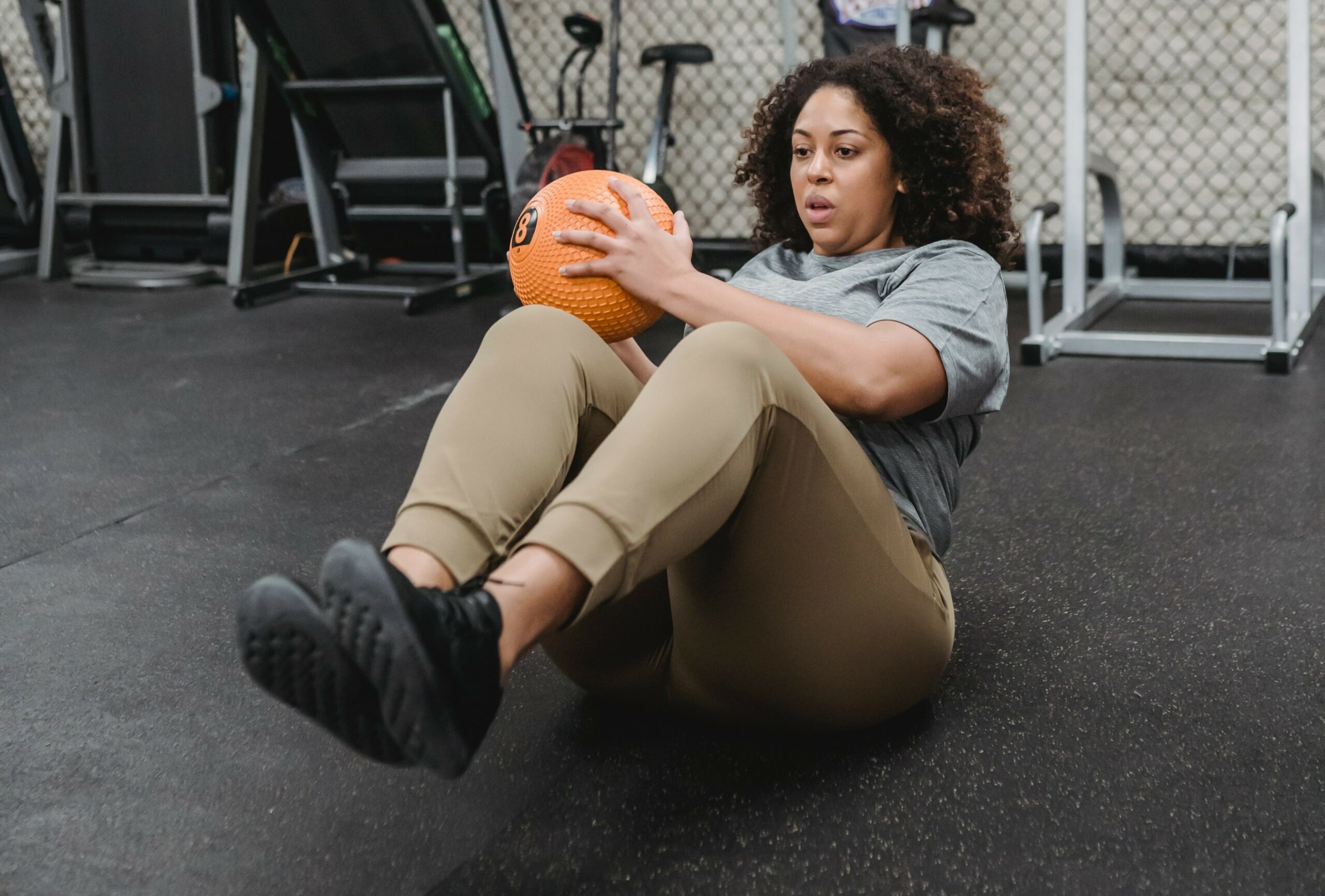In today’s world, there’s immense pressure to conform to a certain physical appearance, with fads like 30-day abs, Instagram filters, and juice cleanses. Unfortunately, this drive to achieve a certain look quickly can lead people to compromise their health and well-being.
The challenge lies in figuring out how to burn fat in a way that’s both intelligent and sustainable. Unfortunately, we aren’t typically taught this skill. We aren’t offered a class in school titled “Best Way to Burn Fat,” so we stumble along, doing our best without making much progress.
We believe it’s time to provide some clear and reliable guidance on how to safely and effectively make your body burn fat. This guidance will be straightforward and will enable you to achieve the physique you desire while remaining healthy and mentally stable throughout the process.
How do I start my fat-burning journey?
If you want to begin your journey toward burning fat, the first step is to gather some initial data to set a baseline and track your progress. We suggest taking front, back, and side photographs, as well as measuring your full body. It’s best to take these measurements once a month – this timeframe is long enough to detect changes in your body, but frequent enough to make adjustments to your approach if you’re not seeing results.
Wait a moment, where are the weighing scales?
Actually, you don’t need weighing scales! Scales only track weight loss, but there is a significant difference between weight loss and fat loss.

Weight loss can occur in various ways: you might lose water weight, glycogen, fat, or muscle mass. Additionally, weight tends to fluctuate frequently due to minor factors such as a salty meal or hormonal changes. This makes weight loss an unreliable method to measure meaningful changes in your body.
Fat loss, however, is the way to reshape and restructure your body composition in a lasting manner. If your goal is to see a leaner and more toned version of yourself in the mirror, then fat loss is what you should aim for.
Therefore, to set yourself up for success, it’s crucial to track progress in the right way.
The basics of burning fat
The fundamental principle of fat burning is to consume fewer calories than you burn. By doing so, your body will create a calorie deficit, which forces it to use stored energy (i.e., fat) as fuel for your physical activities.
However, to achieve this goal, there are several factors to consider:
- What you eat: It’s not just about eating less, but also consuming more of the right kinds of foods.
- How you move: It’s not just about exercising more, but also ensuring that you’re moving enough and in the right ways.
- How you rest: Rest, recovery, and sleep can all play a role in your body’s ability to burn fat effectively.
We’ll explore each of these factors in more detail later on.
How long does it take to burn fat?
The general advice is to aim for a fat loss of 0.5-1% per month. However, everybody is different and the fat-burning process isn’t always straightforward. Additionally, accurately measuring your body fat percentage can be challenging.
Therefore, the truth is that the time it takes to burn fat depends on various factors. While it may not be a fast or dramatic process like what you see in movies, you can achieve it by:
- being patient
- consistent
- staying connected to your goals
- pushing yourself to progress regularly
Knowing this you can witness real-time changes in your body instead of worrying about how long it takes to burn fat.
10 Fun but effective ways to burn fat
What are some science-backed ways to burn body fat? There are many science-backed ways to burn body fat, such as:
1. Cardio
Doing cardiovascular exercises like walking, running, cycling, and rowing can reduce body fat, belly fat, and waist circumference by burning calories and reducing hunger and cravings. Aim for 20-60 minutes, 3-4 days a week, with a mix of low, moderate, and high intensities.
2. Strength training
Having more muscle in your body increases your metabolic rate, so strength training is an epic fat-burning workout. Aim for 3-4 strength training sessions a week, with a variety of movements for the whole body, and 2-4 sets of 6-12 reps for most exercises.
3. Recovery
Embrace active recovery-style activities, like easy walking and stretching, and take at least one day off training to rest every week.

4. Sleep
Good sleep keeps your hunger and fullness hormones ticking over well, helping to control your appetite, and it’s also a recovery powerhouse that directly supports your ability to crush your workouts.
5. Protein
A high-protein diet increases feelings of fullness, decreases hunger and cravings, and increases metabolic rate, helping you burn more calories through thermogenesis. Add high-protein foods like chicken, fish, beans, and tofu to your meals.

6. Carbs
It’s the quality of your carbs that really matters. Diets high in whole grains are linked with smaller waist circumferences, better appetite management, higher energy levels, and better recovery.
7. Fiber
Higher fiber intake has been linked to increased weight loss and reduced belly fat because it keeps you full, keeps your blood sugar balanced, and gives you energy. Add an extra portion of veggies (and other high-fiber foods) you enjoy to your meals.
8. Healthy fats
Eating healthy fats helps you burn fat. Include foods like nuts, seeds, olive oil, and avocados in your diet.
9. Hydration
Drinking water before meals can help you eat less and reduce calorie intake.
10. Stress management
Chronic stress increases the production of cortisol, which can cause weight gain, especially in the belly area. Engage in stress-reducing activities like yoga, meditation, and deep breathing to help reduce cortisol levels.
Fat burning myths

Let’s debunk some fat-burning myths that are commonly found on the internet.
Myth 1: The lower your calories, the better
Cutting calories too low can actually prevent you from burning fat because it reduces your energy levels, spikes your cravings, slows your metabolism, and impairs your recovery. It’s essential to eat enough calories to fuel your body and workouts.
Myth 2: The cheat meal
The idea of a cheat meal is to indulge in foods that you’re not supposed to eat on a fat loss plan. However, research suggests that cheat meals make you less likely to stick to your plan and make unhelpful food choices. Instead, focus on making your regular meals taste delicious and satisfying.
Myth 3: Eat little and often
While it was believed that eating little and often would boost your metabolism, recent research shows that various meal frequencies can be effective for fat loss. You can eat once a day or six times a day; what matters is what works for you.
Myth 4: Always exercise at low intensities
Exercising in the “fat-burning zone” does burn more fat, but it burns fewer calories overall. To burn more calories, you need a combination of low, moderate, and high-intensity exercise.
Myth 5: Always exercise at high intensities.
High-intensity training does burn more calories in less time, but it can also lead to burnout and injuries. It’s important to mix your intensities for the best results.
7 Extra fat-burning tips

We’ve got more tips to add to our list of the 10 best ways to burn fat! Here are some mini tricks and tips that can give your fat loss routine that extra boost:
- Exercise should be enjoyable, not a punishment. Find activities that you enjoy, such as morning yoga, to increase your chances of sticking with it.
- If you’re new to exercise, start with low to moderate-intensity workouts. Burning fat is still possible this way and it will help you enjoy exercise, which is essential for burning more fat.
- Use compound movements that work multiple muscles to build more muscle and burn more calories per exercise. Swap out single-muscle moves for compound ones like pull-ups and lunges.
- Increase your NEAT (Non-Exercise Activity Thermogenesis) to burn more calories each day. Try taking the stairs, parking farther from the entrance, or finding creative ways to move your body.
- Circuit training is an easy way to burn fat. Moving from one exercise to the next without rest keeps your heart rate up, while the exercises themselves work your muscular strength and endurance.
- Try green tea, which contains caffeine and antioxidants that may make you more efficient at burning calories. Stick to teabags and avoid green tea supplements.
- Caffeine can enhance fat burning during aerobic exercise. If you tolerate coffee well, try having some before your workout.
Improving the quality of your nutrition and exercising regularly also makes you better at nutrient partitioning, where the body uses more of the food you eat to build muscle rather than storing fat. Consistency is key for building more muscle and less fat.



